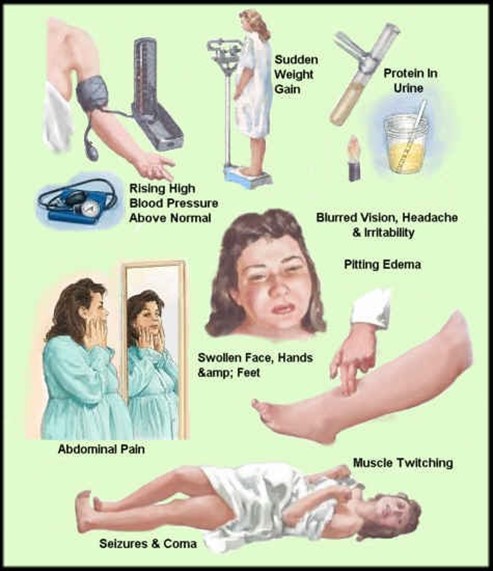A nurse is caring for a client who has an implanted venous access port.
Which of the following should the nurse use to access the port?
butterfly needle
An angiocatheter
A 25-gauge needle
A noncoring needle
The Correct Answer is D
The correct answer is choice D, a noncoring needle.
A noncoring needle is a special type of needle that has a beveled tip and a side hole. It is designed to prevent damage to the port’s septum, which is the soft silicone top that serves as the vein access point.
A noncoring needle also reduces the risk of infection and clotting.
Choice A is wrong because a butterfly needle is a small, winged needle that is used for peripheral venous access, not for accessing a port. A butterfly needle can damage the port’s septum and cause leakage or infection.
Choice B is wrong because an angiocatheter is a thin, plastic tube that is inserted into a vein using a needle.
It is used for short-term IV therapy, not for accessing a port. An angiocatheter can also damage the port’s septum and cause complications.
Choice C is wrong because a 25-gauge needle is too small to access a port.
A 25-gauge needle is typically used for subcutaneous injections, not for intravenous injections. A 25-gauge needle can also clog the port or cause hemolysis (breakdown of red blood cells).
Normal ranges for ports vary depending on the type and size of the port, but generally they have a reservoir diameter of 1.5 to 2.5 cm, a catheter length of 40 to 60 cm, and a catheter diameter of 0.8 to 1.2 mm. Ports are usually flushed with saline or heparin solution every 4 to 6 weeks when not in use to prevent clotting.
Nursing Test Bank
Naxlex Comprehensive Predictor Exams
Related Questions
Correct Answer is A
Explanation
The correct answer is choice A. Comparing the client’s current weight with preprocedure weight is the best way to evaluate the effectiveness of the paracentesis, which is a procedure to remove excess fluid from the abdominal cavity. The fluid buildup, or ascites, is a common complication of end-stage liver disease (ESLD), which is a condition in which the liver is severely damaged and cannot function adequately.
Choice B is wrong because examining for leakage at the site of the procedure is not a measure of effectiveness, but a potential complication that should be monitored and reported.
Choice C is wrong because checking the client’s serum albumin levels is not relevant to the paracentesis.
Albumin is a protein that helps maintain fluid balance in the body, but it is not affected by the removal of fluid from the abdomen.
Choice D is wrong because confirming that the client is able to urinate is not related to the paracentesis.
Urination is a function of the kidneys, not the liver, and it does not reflect the amount of fluid removed from the abdomen.
Correct Answer is C
Explanation
This is a sign of preeclampsia, a serious complication of pregnancy that can cause high blood pressure, proteinuria, and seizures.

Preeclampsia can affect the placenta, the kidneys, the liver, and the brain of the mother and the fetus. It requires immediate medical attention and may lead to early delivery.
Choice A, bleeding gums, is wrong because it is a common occurrence during pregnancy due to hormonal changes that increase blood flow to the gums. It is not a cause for concern unless it is excessive or accompanied by other symptoms.
Choice B, urinary frequency, is wrong because it is also a normal finding during pregnancy due to the growing uterus putting pressure on the bladder. It is not a sign of infection or kidney problems unless it is associated with pain, burning, or blood in the urine.
Choice D, faintness upon rising, is wrong because it is usually caused by orthostatic hypotension, a drop in blood pressure when changing positions.
This can happen during pregnancy due to the dilation of blood vessels and the increased blood volume. It can be prevented by rising slowly, drinking enough fluids, and avoiding prolonged standing.
Whether you are a student looking to ace your exams or a practicing nurse seeking to enhance your expertise , our nursing education contents will empower you with the confidence and competence to make a difference in the lives of patients and become a respected leader in the healthcare field.
Visit Naxlex, invest in your future and unlock endless possibilities with our unparalleled nursing education contents today
Report Wrong Answer on the Current Question
Do you disagree with the answer? If yes, what is your expected answer? Explain.
Kindly be descriptive with the issue you are facing.
